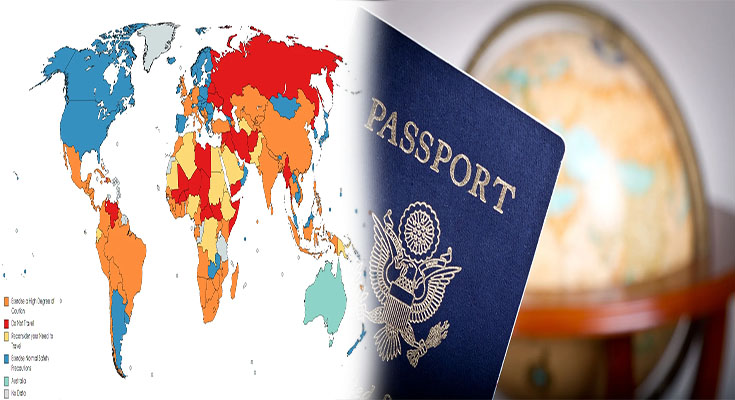Travel advisory levels are an important tool for travelers to stay informed about potential risks and security concerns in various destinations around the world. These advisories are issued by government agencies to provide guidance on the safety and security conditions in specific countries or regions. Understanding the different advisory levels and their impact on travel plans can help travelers make informed decisions and stay safe while exploring new destinations.
Level 1: Exercise Normal Precautions
At this level, travelers are advised to exercise normal precautions when visiting the destination. The risks are deemed to be similar to those encountered in everyday life, such as petty crime or basic health concerns. Travelers should remain vigilant, follow local laws and customs, and take common-sense safety measures. While travel is generally considered safe at this level, it is still important to stay informed about any developments that may impact your trip.
Level 2: Exercise Increased Caution
A Level 2 advisory indicates that travelers should exercise increased caution due to heightened risks in the destination. These risks could include civil unrest, natural disasters, or elevated crime rates. Travelers are advised to be more vigilant, avoid certain areas or activities, and stay informed about local events that may affect their safety. It is recommended to have contingency plans in place and be prepared for unexpected situations.
Level 3: Reconsider Travel
A Level 3 advisory advises travelers to reconsider their travel plans to the destination due to significant safety and security concerns. This could be due to ongoing conflict, political unrest, or a high risk of crime or terrorism. Travelers are urged to carefully assess the risks involved and consider whether the trip is essential. If you decide to travel to a Level 3 destination, it is crucial to have a thorough safety plan in place, including emergency contacts and evacuation procedures.
Level 4: Do Not Travel
A Level 4 advisory is the most severe warning, indicating that travelers should not travel to the destination due to extreme risks to personal safety. This could include war, widespread violence, terrorism, or natural disasters that pose a grave threat to travelers. It is strongly advised to avoid traveling to Level 4 destinations and seek alternative travel options. If you are already in a Level 4 destination, consider leaving as soon as possible and following evacuation guidance from your government.
Impact on Travel Plans
Travelers should always stay informed about travel advisory levels for their destination and be prepared to adjust their plans accordingly. A change in advisory levels can have a significant impact on travel plans, potentially leading to cancellations, rerouting, or adjustments to itineraries. It is important to consider the advisory level in conjunction with personal risk tolerance, travel insurance coverage, and the ability to adapt to changing circumstances.
Ultimately, understanding travel advisory levels and their implications can help travelers make informed decisions to ensure their safety and security while traveling. By staying informed, prepared, and flexible, travelers can navigate potential risks and challenges with confidence and enjoy a safe and rewarding travel experience.





